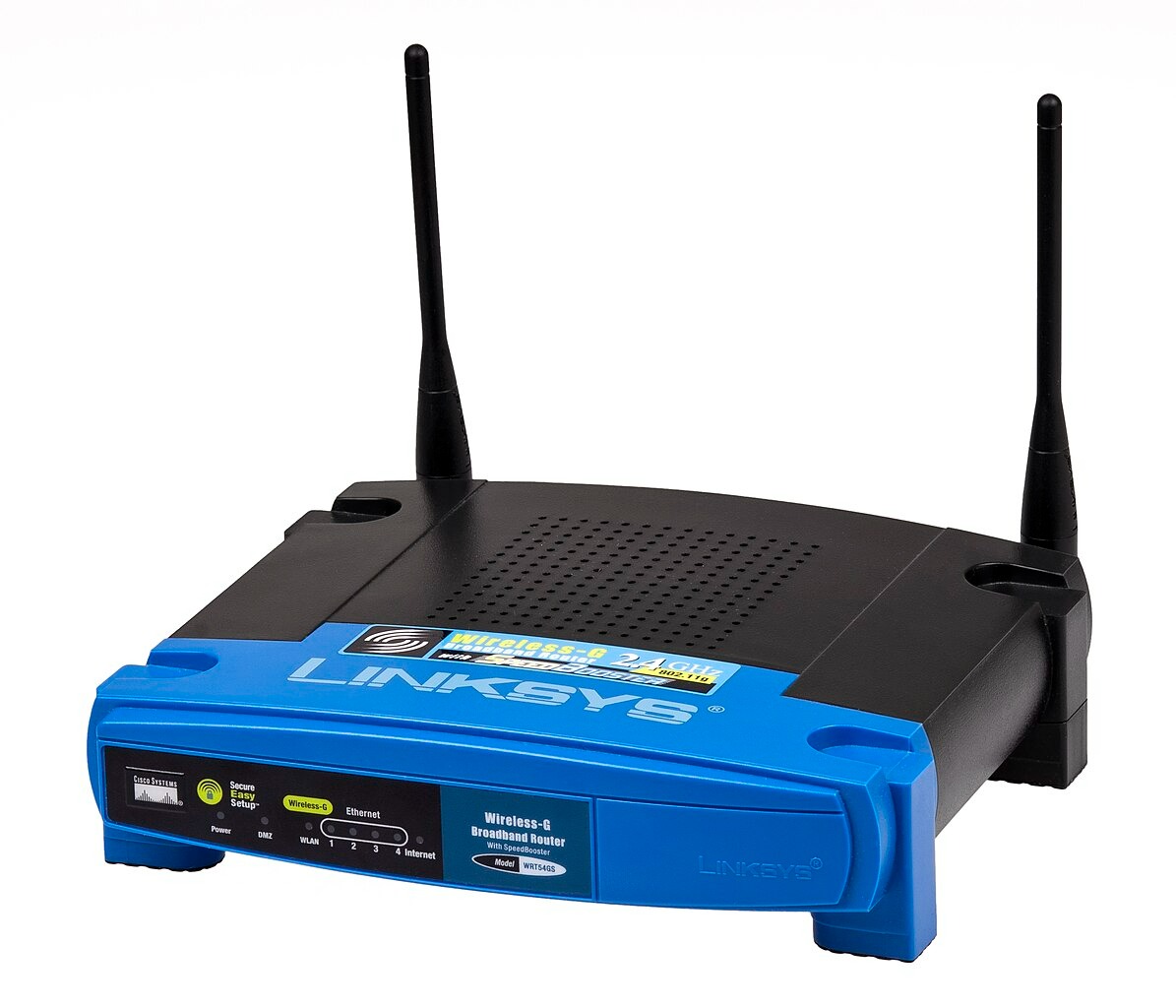Airport shutdowns from rogue drones cost millions. Critical infrastructure sits vulnerable to $500 hobby aircraft. Yet the Pentagon spends $2 million per interceptor missile to stop these threats—until now. The Leonidas microwave weapon just demonstrated something that should terrify drone operators everywhere: neutralizing 49 attacking drones with one electromagnetic pulse.
The Watershed Moment That Defense Officials Can’t Ignore
Epirus called it a “watershed moment,” and for once, the marketing hyperbole matches reality. US and allied defense representatives watched the Leonidas high-power microwave system disable 61 total drones during recent live trials, including that stunning 49-drone simultaneous takedown. This isn’t some laboratory curiosity—the system fits on a pickup truck and deploys in minutes.
The breakthrough lies in gallium nitride semiconductors replacing bulky vacuum tubes. Where previous directed-energy weapons needed massive cooling systems and permanent installations, Leonidas runs on solid-state electronics compact enough for expeditionary deployment. You can literally drive this thing to wherever drone swarms threaten your assets.
Pennies Per Kill vs. Million-Dollar Missiles
Here’s where defense math gets interesting. Traditional interceptors cost millions per shot; Leonidas fires electromagnetic pulses for what Epirus describes as “pennies per kill” as long as you have electricity. The system essentially has unlimited ammunition—no reloading, no resupply convoys, no explosive ordnance storage concerns.
Field maintenance takes eight minutes to swap line-replaceable amplifier modules. Software-defined waveforms let operators tune electromagnetic effects in real-time, optimizing drone neutralization while protecting friendly electronics. Like having a sniper rifle that never runs out of bullets and automatically adjusts for each target.
Power Demands and Real-World Limits
Leonidas demands substantial power generation, though specific requirements remain classified. Range limitations exist, and nearby electronics face potential collateral disruption despite programmable exclusion zones. You’re essentially creating controlled electromagnetic chaos.
As AI-driven drone swarms proliferate—think coordinated attacks, not individual nuisances—traditional kinetic defenses become mathematically impossible. You can’t fire enough missiles fast enough against hypersonic missiles. The economics and physics simply don’t work. Leonidas represents the first scalable answer to that terrifying arithmetic, assuming you can keep the lights on.






























